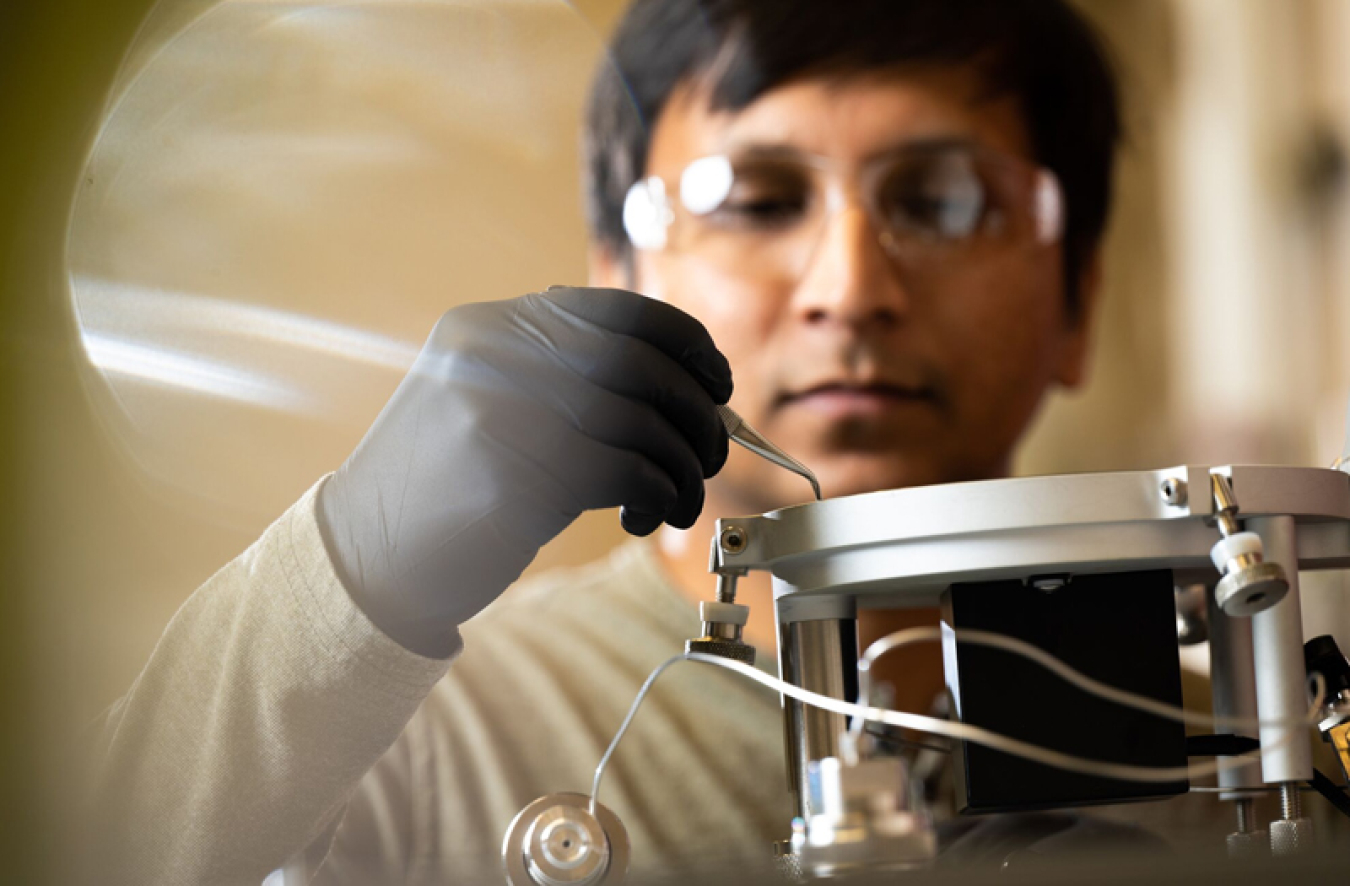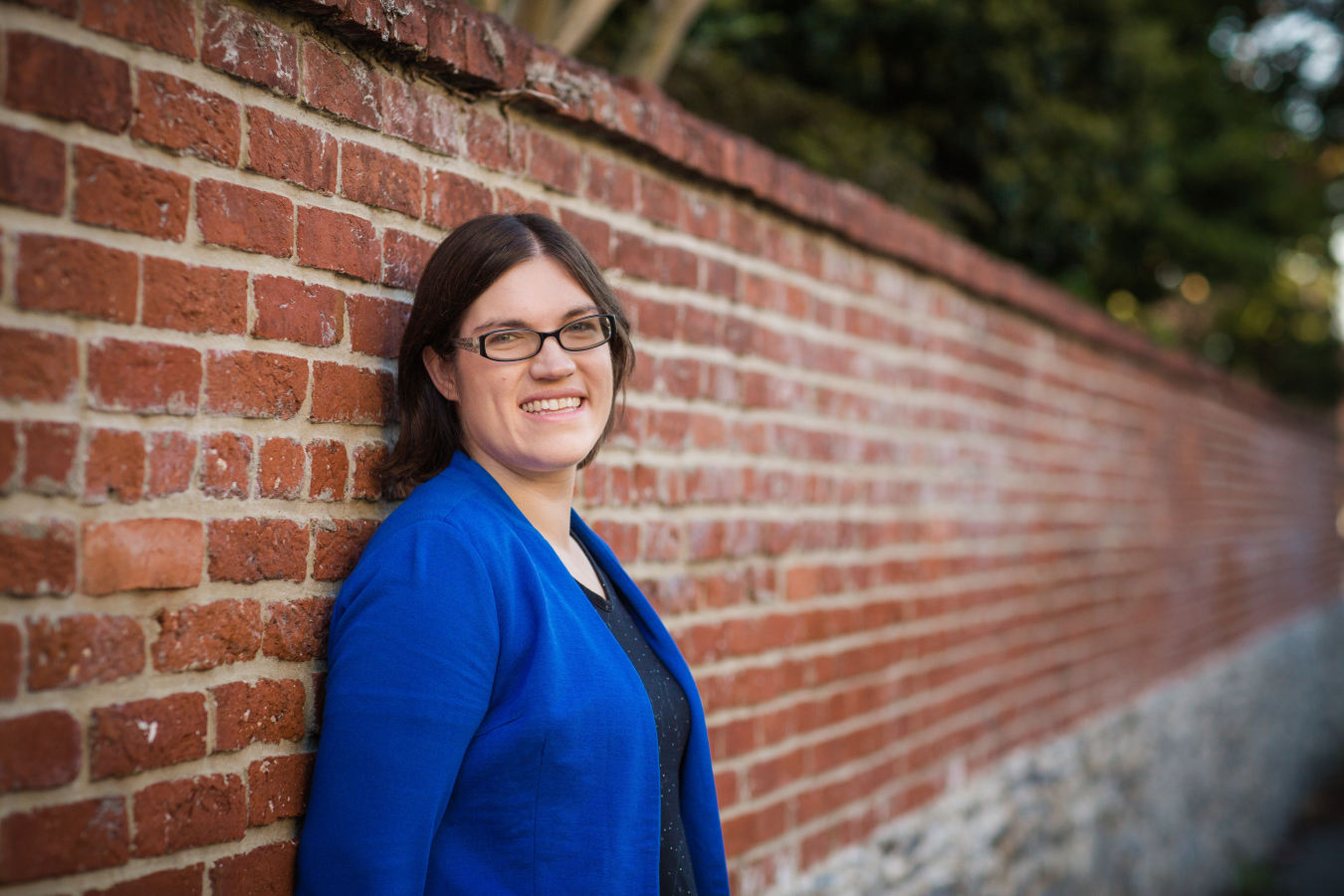Researchers at the Environmental Molecular Sciences Laboratory use isotopes to better understand our environment and the organisms in it.
July 7, 2023
Isotopes of elements are like siblings. They have the same number of protons and electrons but a different number of neutrons than the primary form of the element. This difference in neutrons doesn’t affect their chemical properties. Instead, it allows scientists to track and measure how the isotopes move through the environment.
Environmental scientists and biologists measure ratios of stable isotopes of common elements. They also study ratios of isotopes in common molecules like N2 and CO2. They use these to measure biological samples and study how they cycle through the environment.
The Environmental Molecular Sciences Laboratory – a Department of Energy Office of Science user facility – has a set of tools for measuring isotopes. The isotope ratio mass spectrometer (IRMS) allows scientists to make high-precision measurements of isotopes in organic and inorganic materials. The IRMS is so sensitive and precise that it can measure even incredibly small amounts of isotopic differences in natural samples. Scientists who use the IRMS most often examine isotopes of hydrogen, carbon, oxygen, and nitrogen. The samples can be from plants, microbes, soil, or fossil material. They can be solids, liquids, or gases.
To analyze the sample, scientists first use thermal and chemical methods to convert it into gaseous form. They convert inorganic and organic materials into gases such as CO2, N2, CO, and others. When the machine combusts organic samples, the tool traps the oxygen and water formed during combustion. It allows only CO2 and N2 gas to pass into the isotope ratio mass spectrometer. It then ionizes these gases. The machine separates these ionized molecules by sample mass within a magnetic field. The mass spectrometer then weighs the proportion of isotopic elements in each molecule. For example, it could weigh the ratio of 13C isotope vs. 12C isotope in CO2. Scientists compare the results with known isotopic standards. This process allows scientists to derive the sample’s accurate isotopic composition. It helps them make the data directly comparable to data within the literature.
Scientists use this information to understand how nutrients move between ecosystems. It also helps them study how interactions between microbes and environmental conditions affect processes in plants. These processes include photosynthesis, how the plant allocates carbon to its roots, how it lets out chemicals from its roots to the surrounding soil, how it cycles carbon, and how it uses nitrogen.
These data provide insights into several scientific areas, including the study of microbial communities around plant roots, the relationships between the atmosphere and land, and biological processes at the molecular level. These areas inform our understanding of nutrient cycling through ecosystems and the global climate, as well as the water cycle. They also help build the scientific foundation for making better biofuels.
Just a single neutron can change an element’s properties – and our understanding of biological and environmental processes.
Shannon Brescher Shea

Shannon Brescher Shea ([email protected]) is the social media manager and senior writer/editor in the Office of Science’s Office of Communications and Public Affairs. She writes and curates content for the Office of Science’s Twitter and LinkedIn accounts as well as contributes to the Department of Energy’s overall social media accounts. In addition, she writes and edits feature stories covering the Office of Science’s discovery research and manages the Science Public Outreach Community (SPOC). Previously, she was a communications specialist in the Vehicle Technologies Office in the Office of Energy Efficiency and Renewable Energy. She began at the Energy Department in 2008 as a Presidential Management Fellow. In her free time, she enjoys bicycling, gardening, writing, volunteering, and parenting two awesome kids.

